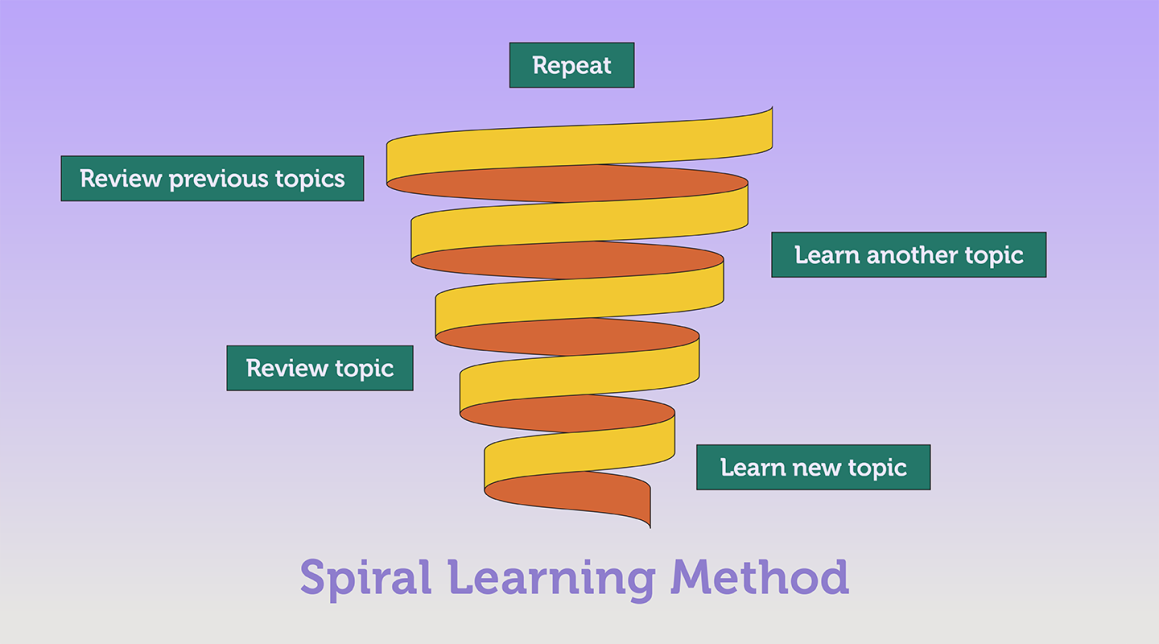
In literature, symbolism plays a crucial role in enhancing the depth and meaning of a story. It is a literary device in which objects, characters, or events represent something beyond their literal meaning, often conveying abstract ideas, emotions, or themes. Symbolism allows writers to communicate complex concepts in a more indirect, nuanced way, inviting readers to dig deeper and interpret the underlying messages.
Understanding symbolism in literature is essential for anyone who wants to fully appreciate a work’s richness. In this article, we will explore the concept of symbolism, how it works, and how readers can interpret symbolic meanings in literature.
What is Symbolism?

At its core, symbolism involves using a concrete element—a person, object, action, or place—to represent a deeper or more abstract idea or concept. Unlike allegory, which is a more explicit form of representation, symbolism tends to operate on a subtler level. It encourages readers to look beyond the surface and consider what these elements signify in relation to the broader themes of the work.
For example, in literature, a rose might symbolize love, a storm might represent turmoil or change, and a journey could signify self-discovery. The beauty of symbolism is that it allows for multiple interpretations, giving readers the freedom to engage with the text in a personal and reflective way.
How Does Symbolism Work in Literature?
In literature, symbolism functions by assigning a deeper meaning to something that is commonly understood in a literal sense. Writers carefully select symbols to evoke emotions, provoke thought, or reinforce the themes they wish to explore. These symbols often evolve throughout the narrative, enhancing their significance over time.
Here’s how symbolism typically works in literature:
1. Symbols are Concrete Objects or Events
Symbols begin as concrete things that are familiar to the reader. For example, a bird might be a symbol in a story, representing freedom or escape. The bird, in its natural form, is a tangible object, but its symbolic meaning is abstract.
2. Symbols Carry Deeper Meaning
While the bird is a real, physical entity, it’s used symbolically to evoke the idea of freedom. Writers might use the bird to represent a character’s desire for liberation, independence, or even the struggle to break free from societal constraints.
3. Context Determines the Symbol’s Meaning
The meaning of a symbol can shift depending on its context within the story. For example, the color red might symbolize love in one scene but represent danger or violence in another, depending on how it’s portrayed. Context plays a crucial role in deciphering the symbolic knowledge meaning.
Common Types of Symbols in Literature
Some symbols are widely recognized and can appear in numerous works of literature, often carrying similar meanings. Here are a few common symbols and their typical interpretations:
1. Colors
- Red: Passion, love, danger, anger, sacrifice.
- White: Purity, innocence, peace, emptiness.
- Black: Death, mystery, evil, despair, the unknown.
- Green: Growth, envy, nature, life, rebirth.
2. Objects
- Light: Knowledge, hope, truth, guidance.
- Darkness: Ignorance, evil, fear, death, uncertainty.
- Water: Life, change, renewal, purification, the unconscious.
- Fire: Destruction, transformation, passion, purification.
3. Animals
- Bird: Freedom, transcendence, escape.
- Snake: Evil, temptation, danger, transformation.
- Lion: Strength, courage, royalty, power.
4. Nature
- Seasons: Each season often represents different stages of life or different emotional tones. For example:
- Spring: Renewal, birth, youth.
- Summer: Fullness of life, warmth, passion.
- Autumn: Change, decline, harvest, maturity.
- Winter: Death, stagnation, coldness, endings.
5. Places
- The Journey: Often a symbol for personal growth, self-discovery, or life’s challenges.
- The Forest: A place of mystery, danger, or transformation.
- The City: Civilization, technology, and sometimes, alienation.
How to Interpret Symbols in Literature
Interpreting symbolism in literature involves a few key steps, which can help readers uncover the deeper meanings embedded in a text. Here’s a simple guide on how to interpret symbols:
1. Pay Attention to Recurring Elements
One of the most important clues that something is symbolic is its recurrence throughout the story. If an object, color, animal, or action keeps appearing, it’s likely meant to represent something more than what’s visible on the surface. Take note of these recurring elements and consider their possible symbolic meanings.
2. Consider the Context
Always pay attention to the context in which the symbol appears. The surrounding events and actions can give you clues as to what the symbol represents. For example, a storm may symbolize chaos, but if it occurs during a character’s personal crisis, it might also represent internal conflict or emotional turmoil.
3. Look for Contrasts and Juxtapositions
Sometimes, symbols are used in opposition to each other to highlight a deeper theme or contrast. For example, a story might juxtapose the symbolism of light and darkness to explore the themes of good vs. evil or hope vs. despair.
4. Identify the Emotional Tone
Symbols are often used to evoke specific emotions. When you encounter a symbol, consider how it makes you feel. Does it evoke a sense of hope, fear, joy, or sadness? Understanding the emotional tone of the symbol can help you connect it to the larger themes of the text.
5. Think Beyond the Literal Meaning
Consider what the symbol represents in the broader context of the story. What abstract idea or universal truth might it be illustrating? A bird might literally represent a creature that flies, but symbolically, it could represent freedom or escape. The key to interpreting symbols is to think beyond the literal and explore the conceptual.
Examples of Symbolism in Literature
The Great Gatsby by F. Scott Fitzgerald
The Green Light: In The Great Gatsby, the green light at the end of Daisy’s dock is a powerful symbol. It represents Gatsby’s unattainable dreams and the broader theme of the American Dream—the idea of striving for an ideal that can never truly be achieved.
Animal Farm by George Orwell
The Farm Animals: In Orwell’s allegorical novella, animals represent different classes, ideologies, and political figures. The pigs symbolize corrupt leadership, while the donkey represents cynicism and the common man’s endurance through oppressive regimes.
Moby-Dick by Herman Melville
The White Whale: The white whale in Moby-Dick symbolizes many things, including nature’s power, the unattainable, and Ahab’s obsessive quest for revenge. The whale becomes a symbol of fate and the struggle between man and nature.
Conclusion
Symbolism is a vital literary tool that allows writers to infuse their stories with multiple layers of meaning. By understanding and interpreting symbols, readers can gain a deeper appreciation for the themes and messages woven throughout a text. From colors and objects to characters and settings, symbols enrich the narrative and offer insight into the complexities of the human experience. Whether you’re reading a classic novel or a contemporary short story, recognizing the use of symbolism will enhance your reading experience and allow you to connect more deeply with the text.
Need fresh CSS inspiration? Visit CSS Mayo for a curated collection of stunning CSS snippets and creative design ideas!







